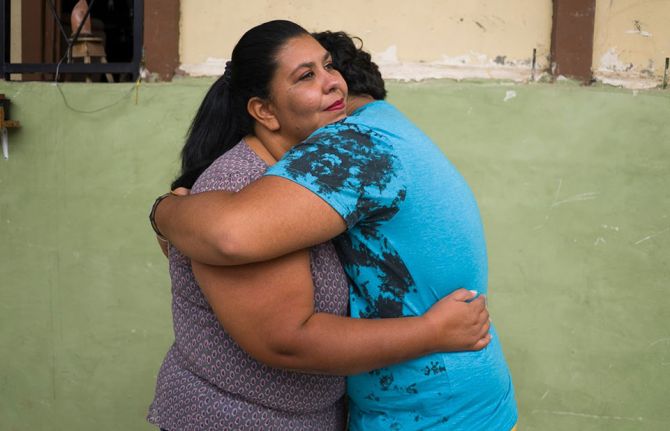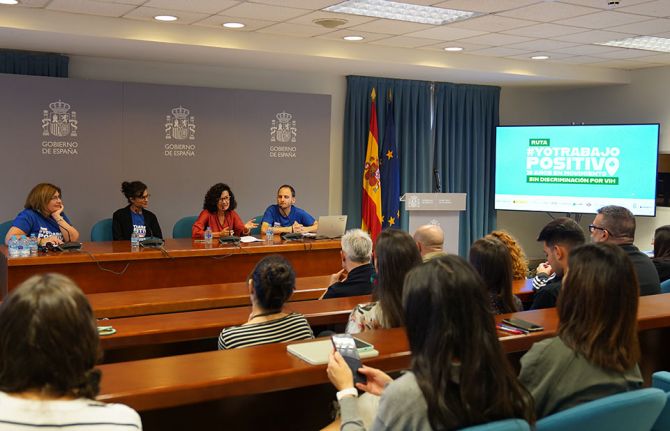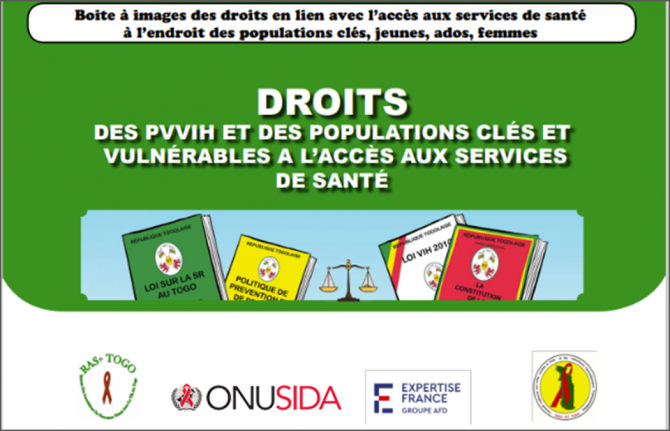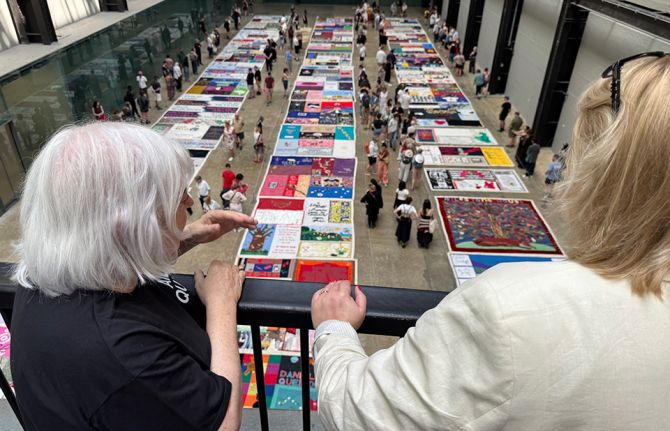

Feature Story
Putting people and communities at the centre of the HIV response
10 June 2021
10 June 2021 10 June 2021Communities living with and affected by HIV, including communities of key populations, are the backbone of the HIV response. They have campaigned for their rights, expanded the evidence base for effective action against HIV, supported the design and implementation of programmes and enhanced the reach and quality of health services. They ensured that the greater involvement of people living with HIV principle became an organizing norm for HIV programmes and that rights-based approaches were widely adopted.
A panel, Putting People and Communities at the Centre of the Response to AIDS, held on the sidelines of the United Nations High-Level Meeting on AIDS on 9 June, saw a high-level discussion on the opportunities and challenges for moving towards the global AIDS targets and realizing the political commitments and policy adaptations needed to support community-led responses as the world moves towards ending AIDS by 2030, and does so in the context of COVID-19.
The panel discussed supporting key population-led, women-led and other community-led responses, new priorities emerging from the community-led response to COVID-19 and fair payment for the community workforce, in particular for women living with HIV and women from key and vulnerable populations.
The panellists heard that more than three decades of experience has clearly shown that communities are at the centre of efforts to end AIDS as a public health threat, but their significant contribution is too often set aside or made more difficult by politicians or public health officials who have little or no knowledge of the lives and experiences of the people they are charged to serve.
They also heard that the response to the COVID-19 pandemic has further underscored the importance of communities in navigating difficult and rapidly changing environments and in reaching affected communities with essential services, such as COVID-19 testing and vaccination and HIV prevention, testing and treatment and other health and social services.
During their discussions, all panellists stressed that communities can deliver when there is an enabling legal environment, operating space for civil society organizations and funding and capacity-building.
Quotes
“The government needs to implement the policies and remove the legal barriers that can enable implementation of the required initiatives. There need to be financing mechanisms and technical support for community-led services, as this is crucial to ensure the quality and sustainability of services, and trusting multisectoral partnerships among stakeholders need to be forged so that there is a united front towards achieving the same goal by putting people at the centre of implementation.”
“Whilst communities are best placed to reach their members, governments have the capacity and resources to support and accelerate progress by ensuring a safe space for civil society through law and policy reform to decriminalize key populations, reduce discrimination and prevent hate crimes, to enable everyone to live peacefully and to enjoy their human rights.”
“Lessons learned from community-led and centred service delivery have strongly shown us that communities have the experience, ability and knowledge on how to best serve their own communities. Communities have a lot to teach us.”
“We cannot end AIDS without investing in harm reduction, community-led responses and the rights of people who use drugs.”



